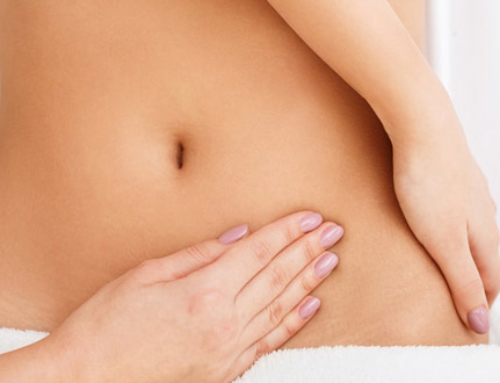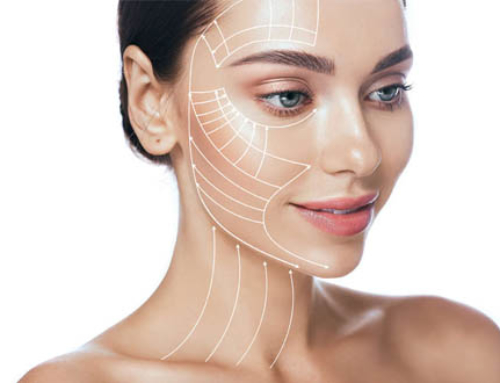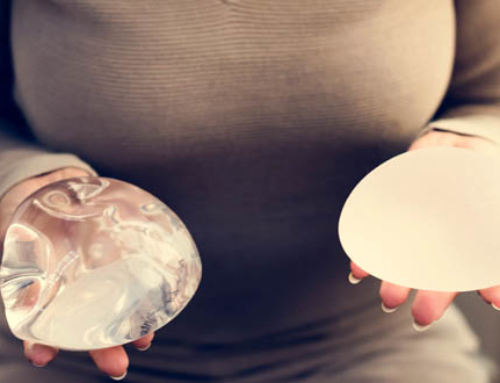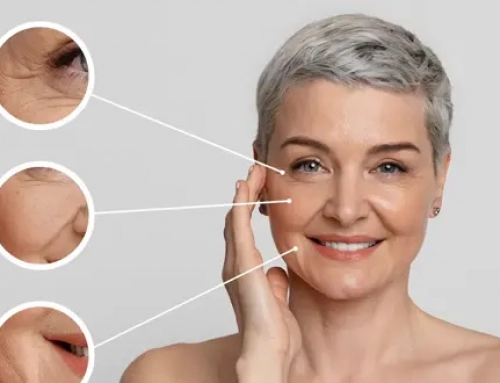PRP stands for platelet-rich plasma. PRP injections have been used in the field of aesthetic and regenerative medicine for more than 20 years. Plasma is part of the blood, it contains clotting factors. Platelets are cells in the blood serving coagulation and indirectly, wound healing.
Where there is a wound (a cut for instance), plasma brings platelets. These platelets activate clotting, which stops bleeding. Platelets also produce growth factors helping produce wound healing cells and different growth factors for stem cells.
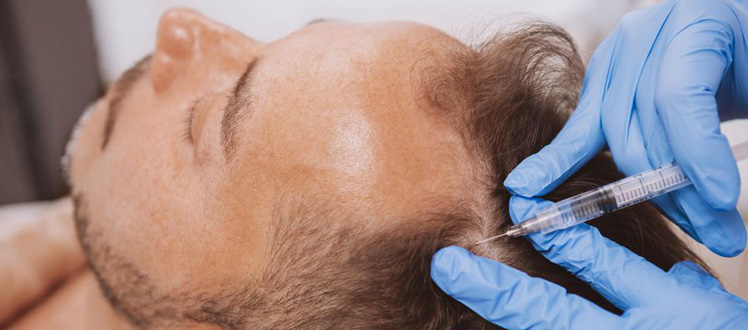
PRP and cosmetic surgery
How is PRP prepared ?
A blood sample is taken from the patient. This blood is placed in a tube and centrifuged for a few minutes. This step of the treatment separates the different blood components in order to only keep PRP (plasma, platelets, growth factors) staying on the surface and remove the rest of the blood in the bottom of the tube (plasma with a low amount of platelets, clots, red blood cells, white cells and granulocytes).
Platelets improve cell and tissue regeneration by stimulating stem cells.
PRP for hair growth
In combination with a hair transplant, PRP is often used to improve hair engraftment and hair growth with growth factors.
PRP for facial rejuvenation
In the face area, PRP can energize tissues, alleviate and prevent certain wrinkles, improve skin health, whether it is with superficial injections (like mesolifts) or deep injections (like fillers or skinboosters).
Injections are recommended for patients in their 30’s 2 to 3 times per year as a standalone treatment or in combination with hyaluronic acid (low cross-linking-density).
As a preventive treatment, the vampire lift is similar to microneedling and very efficient to prevent the first wrinkles. This type of treatment can be done in an office.
PRP and face lifts
Face lift procedures are also frequently combined with PRP injections, whether it is a comprehensive lift (face and neck) or a mini lift, to improve the health and quality of the skin.

